🕒 Amazon Now 10 Minute Delivery: Convenience or Financial Gamble?

📦New era of Q-Commerce
There was a time when Amazon’s 2-day delivery was also considered a luxury. Then comes 1-day delivery. But now the game has completely changed. Amazon Now brings 10-minute grocery delivery, which means: order it and get the vegetables home before making the chai!
It is not just a matter of speed, it is a big business model shift. But the question arises:
— Is this model financially sustainable?
— Is this convenience good for both companies and consumers in the long term?
Let us understand in detail the financial angle of quick commerce (Q-commerce).
🚀 What is Amazon Now? A Quick Overview
Amazon Now is an ultra-fast delivery service which is currently operational in selected Indian metro cities. Its focus is:
- grocery items
- daily essentials
- Delivery from local micro-warehouses or dark stores
- Promise: Delivery within 10 minutes!
Amazon operates under “Fresh”, but the ‘Now’ service is an upgraded, hyperlocal, instant version.
💰 Business Model: The Financial Formula Behind 10-Min Delivery
Fast delivery means fast expenses also. The model of Amazon Now is as follows:

Amazon has set up small warehouses around the city where there is limited inventory – so that everything is nearby and ready-to-go.

10-minute delivery means:
-
-
- More delivery boys
- Real-time route optimization software
- Idle inventory cost
- Frequent returns or failed deliveries
-

Most of the people have placed orders for ₹150-₹200. The profit margin is so low that:
“After earning ₹30 on one delivery, one has to spend ₹60.”

AI-based stock prediction, live-tracking, demand forecasting – all the expensive tools are being used.
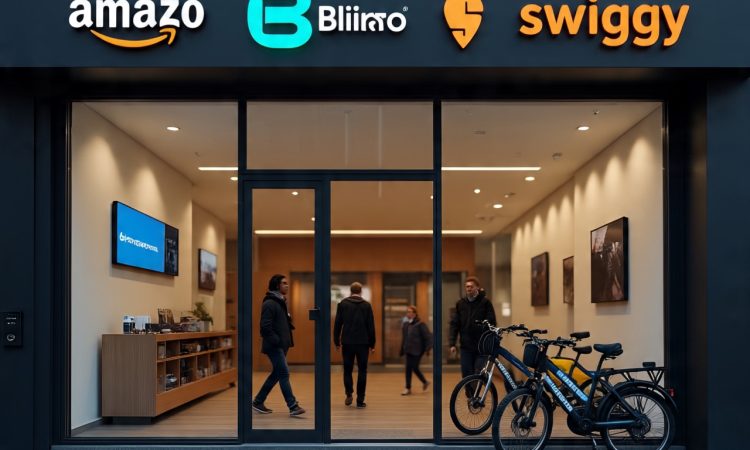
📉 Impact on Startups & Local Players
With the entry of Amazon Now, already existing Q-commerce startups are under pressure like:
- Blinkit
- Zepto
- Swiggy Instamart
📌What is the effect?
- Dark store rental competition
- Pricing war has started
- delivery boy hiring crisis
- Margins are shrinking
- VC funding is under increasing pressure to show ROI.
Amazon’s entry has become a survival challenge for small grocery-tech startups.
⚠️ Risk Factors – Is it sustainable?
As exciting as 10-minute delivery sounds, it is also equally risky. Some major financial & operational risks:
- Unit loss per order
- Heavy discount dependency
- logistics burnout
- Burnout of delivery partners
- Regulatory hurdles (dark store zoning issue, traffic rules)
“The balance of a business might be disturbed in the pursuit of convenience.”
🛒Consumer Behaviour and Financial Implications
According to a research, from instant delivery apps:
- Impulse purchases are increasing
- People are spending without planning
- Budgeting discipline is decreasing
This can also impact the consumer’s financial health in the long term.
Also Read:
📈 Investor Angle - Should Investors Care?
Amazon’s investors are watching this experiment closely because:
- Logistics automation is the key to the future
- Fast delivery = More Prime members
- Retail innovations = Higher customer stickiness
💹 Startup Investing Angle
Investors are giving preference to Q-commerce startups due to:
- They are building low-cost logistics.
- Higher order value can be generated
- Subscription-based revenue is still there
“Not just speed, profit also matters.”
📊 Quick Comparison – Amazon Now vs Others
| Feature | Amazon Now | Zepto | Blinkit |
| Avg Delivery | 10 mins | 10–15 mins | 15–20 mins |
| Cities Covered | 4-5 Metro | 25+ | 20+ |
| Min Cart Value | ₹150 | ₹200 | ₹180 |
| Charges | Mostly Free | Variable | Variable |
| Model Type | Dark Store | Dark Store | Mixed Model |
🧾 Conclusion: convenience vs stability
Amazon Now has ushered in a new e-commerce era through 10-minute delivery. But along with convenience comes a financial burden – both for companies and for consumers.
— “Speed matters, but only when it’s sustainable.”
— “If the cost of delivery is higher than the profit, then speed becomes just an illusion.”
📢 Final Thoughts for Readers:
What do you think – will 10-minute delivery work in the long-term?
Do you personally use this service or will you use it?
Comment below and let us know!
If you found this article valuable, please do share. 🚀


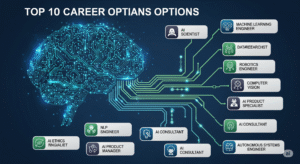


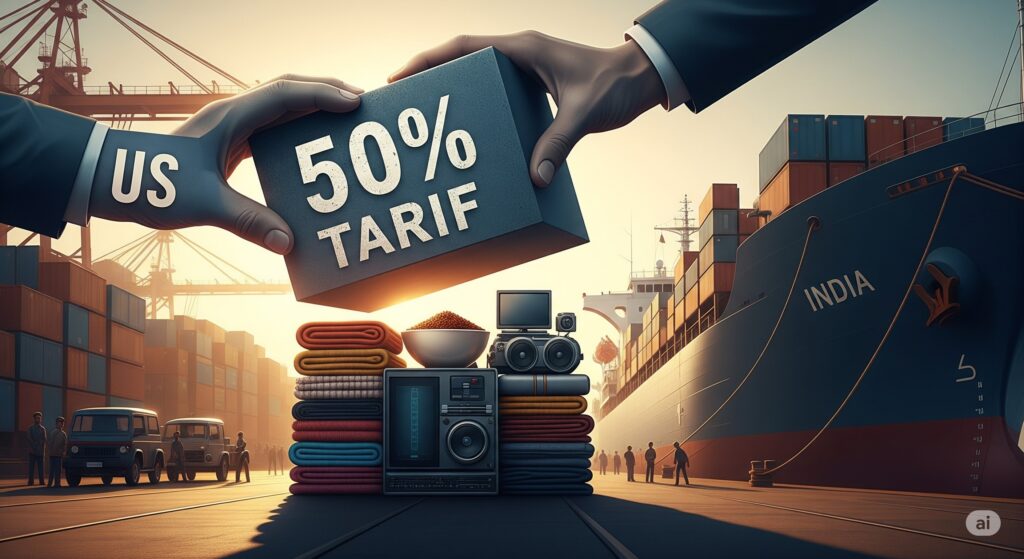
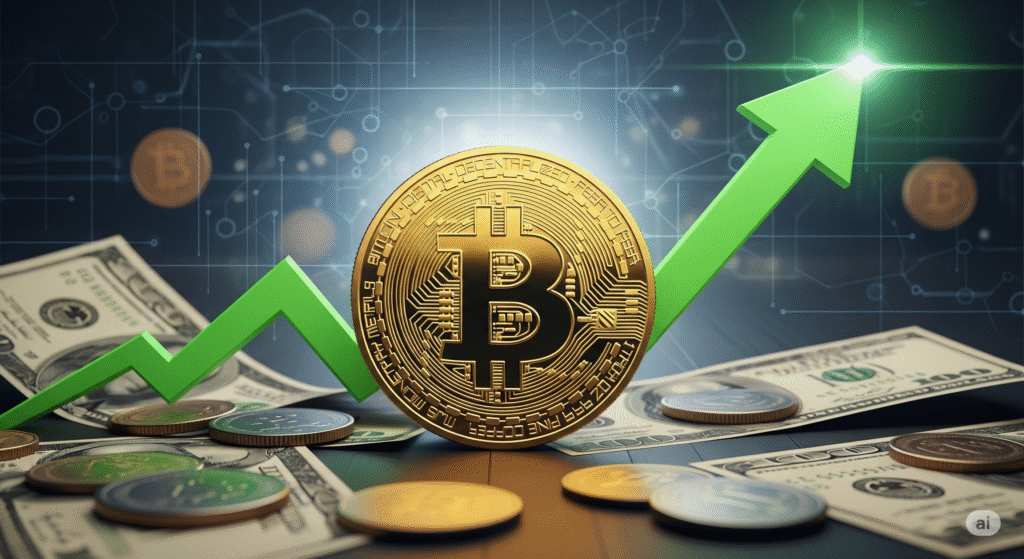

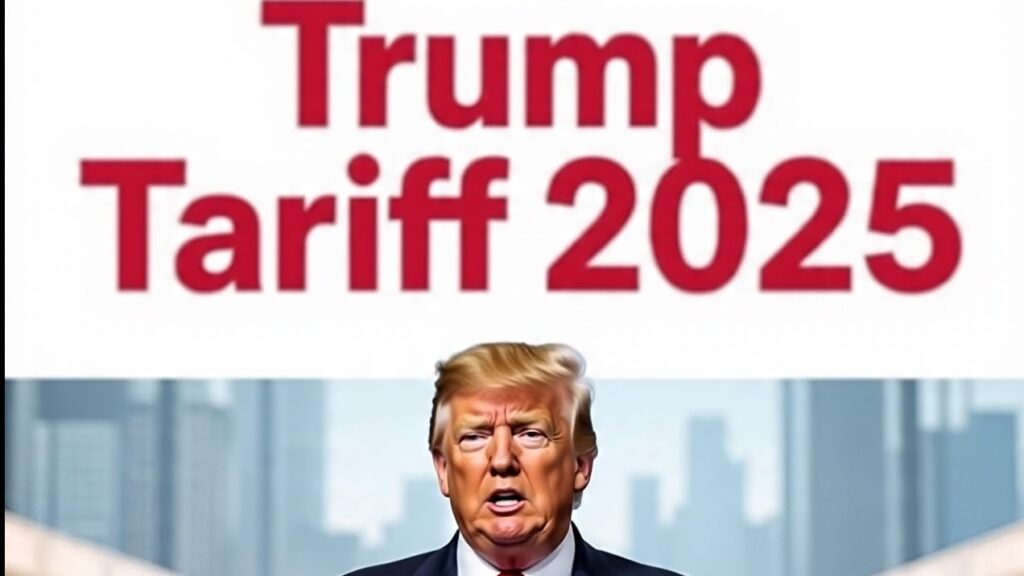
Your point of view caught my eye and was very interesting. Thanks. I have a question for you. https://accounts.binance.info/es-AR/register-person?ref=UT2YTZSU